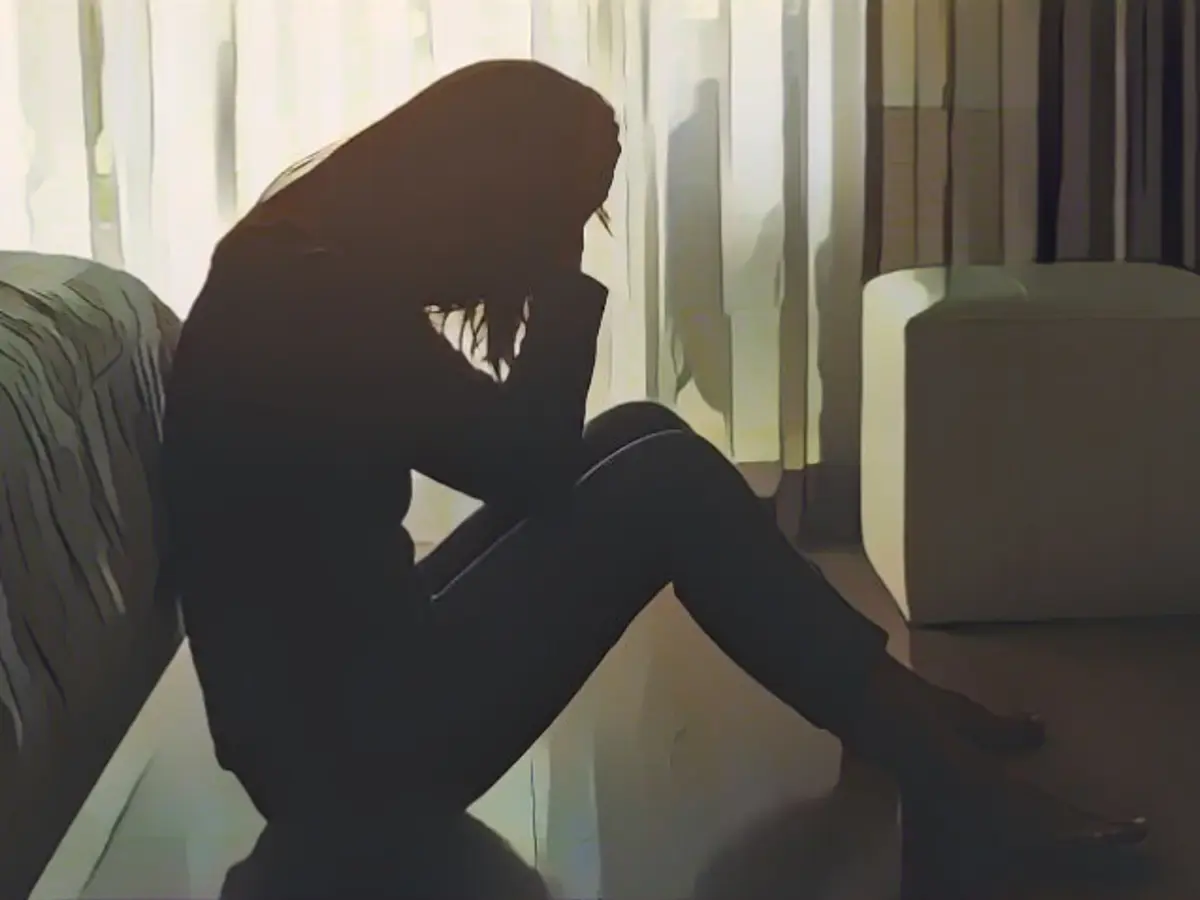In the United States, a staggering one-quarter of young adults sought mental health treatment during the pandemic, according to a CDC survey. This figure marked a significant leap from the 19% reported in 2019, showing a heightened need and access to care. Calliope Holingue, a psychiatric epidemiologist and a member of the Johns Hopkins COVID-19 Mental Health Measurement Task Force, attributed this surge to the pandemic's impact.
The report drew attention to the fact that the primary driver of this increase was adults under 45. Their number struggling with mental health issues in 2019 was quite low, but the situation changed dramatically in 2021, with nearly a quarter of them (over 23%) receiving treatment. This represented a nearly 5% increase from two years prior.
Holingue noted that this young adult population is navigating their vulnerabilities during a particularly challenging phase of life. Conditions such as anxiety and depression tend to be most prominent throughout an individual's lifespan during this phase. "The pandemic happened at a time when people were experiencing an inherent vulnerability," she pointed out.
While women reported mental health treatment more frequently than men, the gap remained steadily wide – with close to 30% of women getting treatment in 2021, compared to less than half of men (18%). The World Health Organization (WHO) expressed concern over a "massive" surge in anxiety and depression globally due to the pandemic. According to WHO Director-General Dr. Tedros Adhanom Ghebreyesus, the rise in mental health issues was "only the tip of the iceberg."
Dr. Tedros urged all countries to pay greater attention to mental health and supply better support for their populations. In the United States, there was a peak in mental suffering during the initial months of the pandemic due to fear, uncertainty, and changes. Although the situation has eased, the impacts persist, with drug overdose death rates still rising in 2022.
Nora Volkow, Director of the National Institute on Drug Abuse, stressed that the pandemic worsened several social stress factors that contribute to substance use disorders and mental illness. Self-medication of psychological symptoms through substance abuse is common, and half of those with substance use disorders develop a second psychiatric disorder and vice versa.
Volkow argued that the rise in mental health treatment statistics may not always be negative, as individuals are increasingly seeking help when needed. However, mental health care remains fragmented and inaccessible, making these conditions and addictions often go untreated.
Improved telemedicine access expanded treatment options, but it is not suitable for everyone. According to the CDC report, white people have consistently higher mental health treatment rates than other racial and ethnic groups. Over 30% of whites reported receiving treatment in 2021, much higher than the 15% of Blacks, 13% of Hispanic Americans, and 11% of Asians.
Besides the Coronavirus, there was also an increase in anti-Asian hate crimes and protests against police brutality and racism following the death of George Floyd in 2020. Hollinger emphasized that people of color, due to factors like economic inequality and a lack of diverse mental health providers, have less access to psychiatric services. She suggested that we needed a more significant increase in mental health treatment among these groups to build trust in mental health services.








